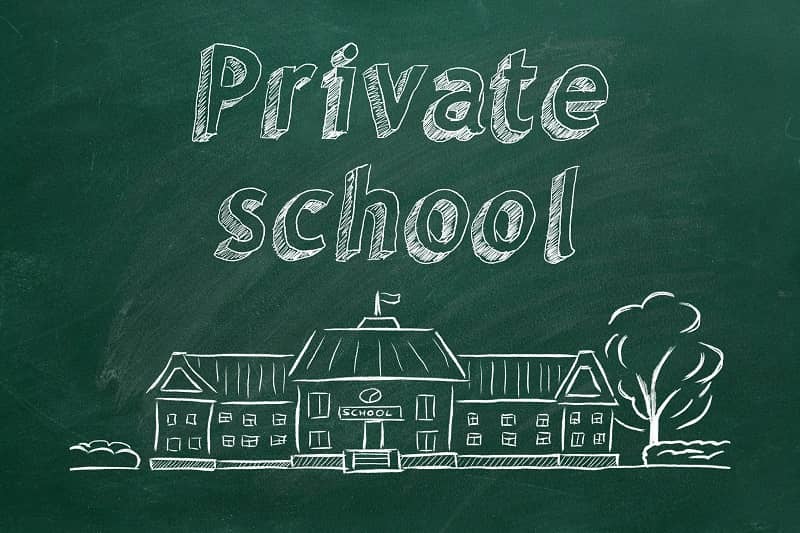By Kathryn Hickok
Oregon soon will have a new governor and a new state legislature. Fresh leadership provides opportunities to respond to parents’ demand for expanded choices in K-12 education.
During the past three school years, parents have taken a hard look at their district schools. Increasingly, parents don’t believe one-size-fits-all public schools work for their children, and they want more options.
It’s time Oregon education policies caught up with students’ learning needs. Here are three ways new leaders can improve education in Oregon in 2023:
- Support Oregon’s thriving public charter schools by raising the legislative cap on charter enrollment, currently 3% of students in each district. Removing the cap would allow successful and popular charters to meet demonstrated student demand.
- Expand district transfer policies so parents can choose among public options. This would create incentives for schools to respond to families’ needs and concerns, and reward public schools that achieve better outcomes.
- Assure a “money-back guarantee” for Oregon parents. State-level education funding is allocated per child and paid directly to district schools, regardless of student outcomes or parent satisfaction. A portion of this funding should be converted to portable accounts for students to use where they learn best. This would empower parents to find the right fit for their children to succeed.
Shifting from top-down, bureaucratic mandates to expanding options for parents would work miracles for students and promote improvement in Oregon schools. Thirty-two states, the District of Columbia, and Puerto Rico have enacted student-centric educational choice programs. Oregon should join them, so families can match their children’s needs and goals with the educational environments that will serve them well.
Kathryn Hickok is Executive Vice President at Cascade Policy Institute, Oregon’s free market public policy research organization, and Director of Cascade’s Children’s Scholarship Fund-Oregon program. CSF-Oregon has provided private scholarships worth more than $3.5 million to lower-income Oregon children to help them attend tuition-based elementary schools since 1999.












